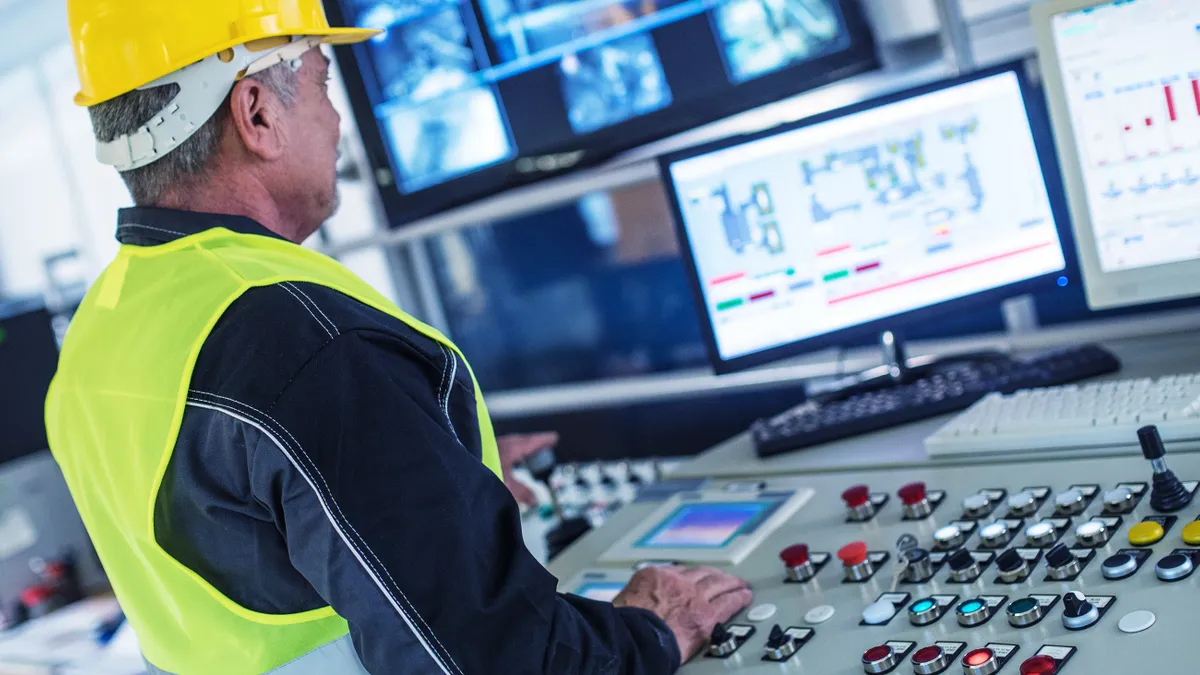Dive Brief:
- Dodge Data & Analytics' newest SmartMarketReport, Safety Management in the Construction Industry, shows that technology, including BIM, drones and wearables, is having a positive effect onsite in regards to improving safety.
- Produced in partnership with the Center for Construction Research and Training and United Rentals, the report also shows that investment in safety initiatives has positively impacted project budgets, schedules, quality and ability to contract new work.
- In addition, the study addresses leading indicators of a positive safety culture and climate on the jobsite. One indicator, safety and health training for supervisors and workers, is up from 2015, whereas recognizing the importance of good communication, another indicator, is down.
Dive Insight:
The Occupational Safety and Health Administration’s top workplace safety citations in 2016 included fall protection, scaffolding, hazard communications and respiratory protection. More than 4,500 are killed and 3 million are injured on jobsites each year, earning construction the honor of one of the top-most dangerous professions.
As technology infiltrates more aspects of life, it's a natural progression that it can be used to improve workplace safety. The Dodge study shows that 69% of contractors that use BIM say it has a positive impact on project safety because of its ability to identify potential site hazards before construction begins — to conduct clash detection, to support prefabrication and to create 3-D images.
One-fifth (21%) of the surveyed contractors use drones to promote onsite safety. Of those, 70% believe the technology has had a positive impact on their jobsites. And although wearable devices aren't widely adopted (only 13% in this study said they use them), 82% of that group of the wearable technology adopters say it has a positive impact.
Triax Technologies recently joined Autodesk's BIM 360 platform with its Internet-of-Things-enabled wearable tracking system, Spot-r that monitors workers and equipment using real-time data. Australia-based SmartCap encompasses a headband and companion app that analyzes EEG brain waves to detect if a worker is falling asleep. If so, the device uses voice and vibration warnings.
NVIDIA and Komatsu announced a partnership this week that they're joining forces to add drones and artificial intelligence to the jobsite to collect and analyze data that will streamline operations while increasing worker safety. The companies anticipate the technologies one day reaching a level similar to that vehicles use to prevent collisions and increase safety.
Yet despite recognizing the value technology and apps can have to workplace safety, only 26% of construction companies use software or a mobile app. Many companies (45%) still use a manual paper-based system to collect data.












